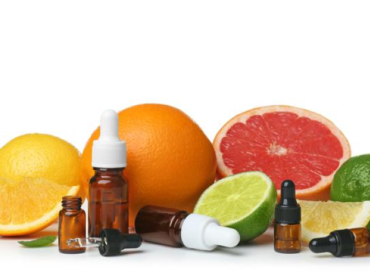Creating a healthy environment for children in your home is essential for their well-being and development. A clean, safe, and toxin-free space promotes physical health and emotional well-being. Understanding the importance of a healthy home, parents can take steps to ensure their children grow up in a positive environment.
Keep it Clean
A clean home is the first step in creating a healthy environment for children. Regular cleaning not only keeps your living space aesthetically pleasing but also helps maintain a hygienic atmosphere that reduces the risk of illnesses. Make sure to establish a cleaning routine that includes sweeping, vacuuming, and mopping the floors. Pay special attention to areas where children spend the most time, such as the playroom and their bedrooms. Use non-toxic cleaning products to avoid exposure to harmful chemicals. Many eco-friendly and child-safe cleaning products are available on the market. Don’t forget to clean and disinfect frequently touched surfaces, such as doorknobs, light switches, and toys. This minimizes the spread of germs and bacteria that can lead to infections and illnesses.
Childproof Your Home
Childproofing your home is a crucial step in creating a safe and healthy environment for children. This involves identifying potential hazards and taking steps to minimize them. Start by securing furniture and heavy objects that could tip over and cause injury. Install safety gates at the top and bottom of stairs to prevent falls. Use outlet covers to protect children from electrical hazards and secure cords to prevent tripping and strangulation. Shorter cords can make your home safer for young kids who may try to grab them. Keep hazardous substances, such as cleaning products, medications, and sharp objects, out of children’s reach. Use childproof latches on cabinets and drawers to prevent access. Ensure that window blinds have cordless designs to eliminate the risk of strangulation. By childproofing your home, you reduce the risk of accidents and injuries, providing a secure and nurturing environment for your children to thrive.
Remove Toxic Substances
To create a truly healthy environment for children, it’s essential to remove toxic substances from your home. Identify and eliminate potential sources of toxins that can harm your child’s health. Start by checking for lead-based paint, which can be found in older homes. If your home was built before 1978, have it tested for lead, and if necessary, take steps to remove or encapsulate lead-based paint to prevent lead poisoning.
Evaluate your home for radon, a colorless, odorless gas that can seep into your home from the ground. Radon is a known carcinogen and poses a serious health risk, especially to children. Test your home for radon and take measures to reduce exposure if levels are elevated. Limit exposure to secondhand smoke by creating a smoke-free home. Tobacco smoke contains harmful chemicals that can lead to respiratory problems, sudden infant death syndrome (SIDS), and other health issues in children. Encourage family members and guests to smoke outside.
Making your home a healthy environment for children involves keeping it clean, childproofing to prevent accidents, and removing toxic substances. These steps not only promote physical well-being but also contribute to emotional and mental health, providing children with a safe and nurturing space to thrive and grow.
Did You Enjoy Reading This Article? Here’s More to Read: How to Recover Faster From Surgery





